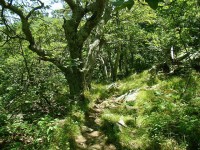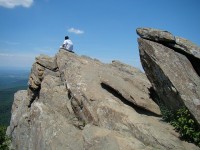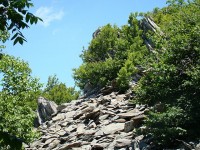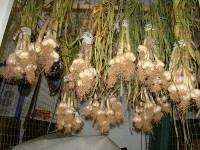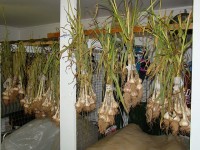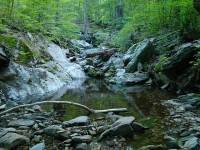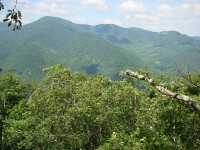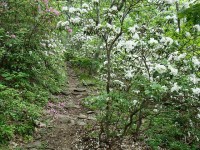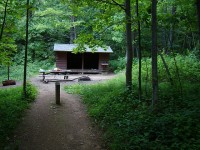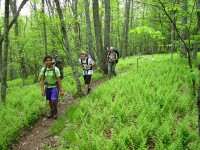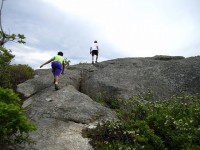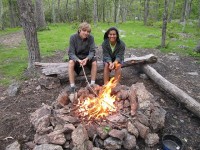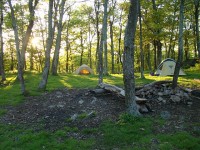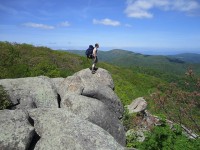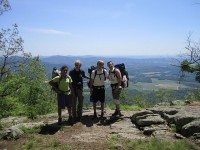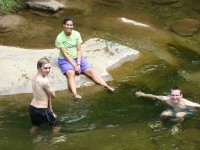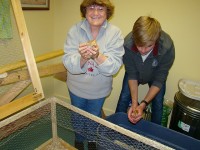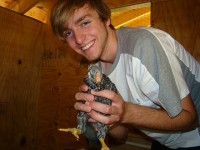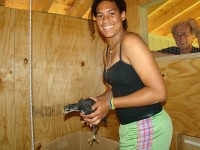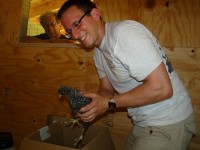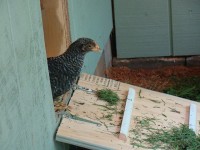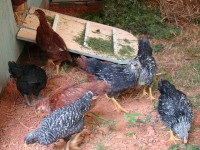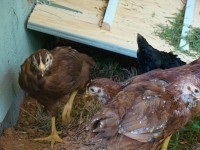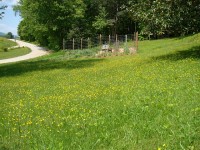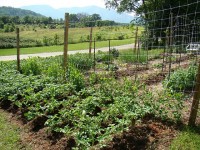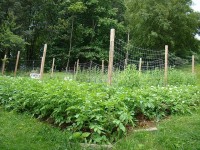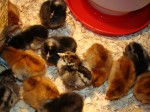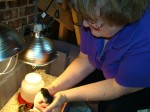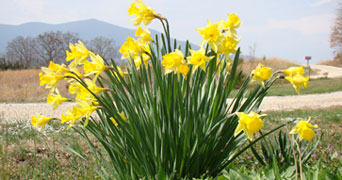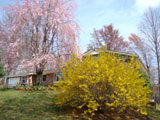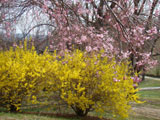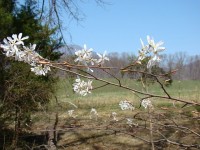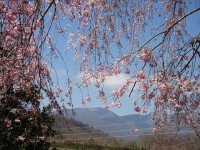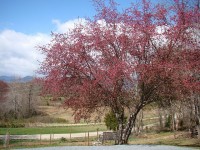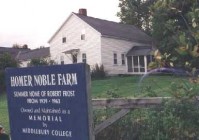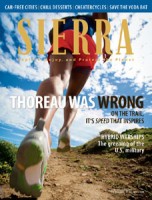 As a longtime Sierra Club member, I was both dumbfounded and appalled by the cover story of the July/August issue: “Thoreau Was Wrong: On The Trail It’s Speed That Inspires.” The article, it turned out, never mentioned Thoreau and was not nearly as bad as the cover suggested, even if I fail to share the author’s enthusiasm for running barefoot on mountain trails.
As a longtime Sierra Club member, I was both dumbfounded and appalled by the cover story of the July/August issue: “Thoreau Was Wrong: On The Trail It’s Speed That Inspires.” The article, it turned out, never mentioned Thoreau and was not nearly as bad as the cover suggested, even if I fail to share the author’s enthusiasm for running barefoot on mountain trails.
But the sheer pretentiousness, stupidity and outrageousness of the magazine cover was highlighted by the fact that about the same time I came across the following quote by none other than the founder and first President of the Sierra Club, John Muir: “‘Hiking’ is a vile word. You should saunter through the Sierra.” So did the Sierra magazine editors consider Thoreau a safe stand-in for John Muir?
Muir notwithstanding, I do use the term “hiking,” but I’m increasingly shifting to “sauntering,” both as a literary choice and as an outdoor practice. Here in the Blue Ridge we do have extraordinary vistas, but so much of the beauty and fascination of this place is found at the micro level, often right at foot level. “Sauntering” captures a mode of this type of discovery.
So saunterers of the world: Unite and throw off the chains of speed and faddishness!
Note: The Muir quote is from Stephen Fox, John Muir and His Legacy: The American Conservation Movement (Little Brown, 1981), p. 120.


